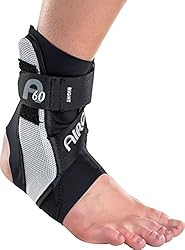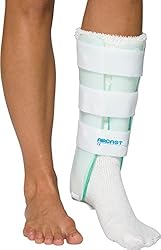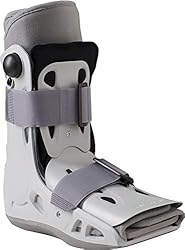Aircast Ankle Brace: Aircast Walker Boot, Air-Stirrup, A60, and AirSport
Ankle injuries are one of the most prevalent joint injuries in sports. I can attest to that firsthand. For my last major ankle injury, I stupidly waited about 2 weeks before going to my foot doctor, Dr. Kent DiNucci, DPM. I would have become acquainted with the term aircast for ankle a little earlier. He told me that he would have immobilized it immediately which would have helped the recovery.
I would have considered “aircast” a generic term meaning an ankle stabilizer using air compression, not an actual brand name. I was wrong. Aircast is a brand name with a whole line of ankle braces, boots, and stabilizers. Make sure and check out the video reviews and table to help you select the right brace based on the severity of your injury at the end of the post.
Aircast For Ankle:
- Aircast AirSport Ankle Support Brace
- Aircast A60 Ankle Brace
- Aircast Cryo/Cuff Cold Therapy
- Aircast Leg Support Brace
- Aircast AirSelect Walker Brace/Walking Boot
Both recreational and professional players deal with ankle injuries. No matter what kind of athlete you are, you do not want an ankle injury to slow you down.
Finding the correct brace for your injury is not an easy task. There are so many brands and styles of ankle braces today. We are going to primarily focus on the Aircast A60 which is their slimmest, most comfortable brace for mild ankle injuries, and the Aircast Airsport ankle brace for moderate injuries.
Aircast also offers ankle boots and an air-stirrup ankle brace and we will include some details about those items as well. Dr. Denucci would have likely had me in the Aircast Walker Boot to immobilize my ankle joint (I wish I would have talked to him right away).
Check out the specifics of the Aircast A60 ankle brace and the Aircast Airsport ankle brace below.
Support
The Aircast A60 provides support for mild injuries. This helps not only recovery from a current ankle injury but also helps prevent future injuries.
Tennis star Andy Murray wore the Aircast A60 at the U.S. Open. He took advantage of it preventing stress during lateral movements.
If you are prone to ankle injuries, the Aircast A60 is a good option. It gives you the ability to avoid re-injury. It can be worn for support and stability, giving your ankles time to heal.
Aircast A60 Ankle Brace
The Aircast Airsport Ankle Brace sacrifices some sleekness in design for more rigid support. It features foam-filled air cells that support and cushion the ankle.
Aircast Airsport Ankle Brace
Even though the Aircast Airsport ankle brace is not as sleek as the A60, it fits into most athletic footwear. The semi-rigid encased shell offers extra protection to the ankle ligaments. The anterior talofibular cross strap provides stabilization. The integrated forefoot and shin wraps ensure the brace encases your foot, giving you peace of mind against injury during daily activities.
The Aircast Airsport is ideal for reintroducing sports after an ankle operation or ankle sprain.
Compression aircast a60 ankle brace
One thing the Aircast A60 lacks is much compression at the ankle unless you adjust the tightness. The ankle strap is high and does not allow as much compression on the lower part of the ankle.
The best way to get compression out of an Aircast A60 is by buying a larger size of brace and wearing a thick sock or quality ankle sleeve. This extra material underneath the ankle brace will give you added compression with the Aircast A60.
The Aircast Airsport provides better compression than the Aircast A60. The foam-filled air cells provide cushion and support, as well as providing compression which encourages circulation, reduces swelling, and speeds up recovery time. The tailored compression of the Aircast Airsport gives it a higher compression rating between the two braces.
Comfort
The Aircast A60 is made of nylon which is quite comfortable, but, as with almost any brace, it tends to become less comfortable the longer you wear it.
The inner padding adds comfort but breaks down quite quickly which can cause irritation and pain on the outer ankle.
The Aircast Airsport has more cushion due to the air cells and provides extra comfort. However, the Airsport is more rigid, making your ankle less mobile and comfortable (but that is kind of the point).
The thicker material seems to last longer than the padding on the A60 and is more durable.
Fit
Both the Airsport and A60 fit into most athletic footwear. These are Aircast’s entry into the mild and moderate sprained ankles (Grade 2 Sprain) wanted to produce an ankle brace that you did not even know was there.
The A60 is known for being the sleekest brace in their lineup. It is thinner and lighter, making it better for wearing every day, and is easy to put on and take off.
It is important to order the correct size. For the Aircast A60, consider sizing up if you are between sizes. Many people who have reviewed the A60 say that it runs small, requiring a larger size to fit correctly. Also, these are made specifically, similar to a Zamst ankle brace, for the left or right foot so make sure to get the right one.
The Aircast Airsport does sacrifice some of the sleeknesses of design for added stability and support. It is still a sleek ankle brace though and can fit into most athletic footwear. If you are wearing a very tight shoe such as a soccer cleat, this brace may be difficult to wear. It should fit into running shoes and other shoes with a little more give.
Durability
Despite the good support and sleek design, the Aircast A60 has been known to have durability issues. Many customers have reported the brace starts to break down after three to four months.
The A60 is relatively affordable, so purchasing a new one after it wears out is an option. We have also found ASO ankle braces to be a good quality alternative. If you only intend to use the brace for a short time and it is not everyday use, the Aircast A60 will last you longer than three to four months.
With a more semi-rigid shell, the Aircast Airsport has better durability. This brace should last you longer than the A60, allowing for longer use, and may be a better brace to buy if you are looking for a more durable choice.
What Does An Aircast Do?
Many people associate an aircast with a specific more rigid boot style walker. Aircast, as a brand, has many support levels of ankle braces. Their Aircast Airselect boot walker is used to provide support after severe ankle sprains, foot fractures, or after surgery. Its purpose is to immobilize the ankle for the most severe injuries. However, Aircast also has products for less severe injuries.
Aircast For Ankle Sprain Video Review
This is an overall review from “Matt Plays Basketball” on the A60. It is a little dated but overall a really great review of the Aircast A60 after wearing it for 3 or 4 months for basketball.
How To Put On Aircast 60 Ankle Brace
Dr. Amy Barko, CWSP, C.PED, of Lexington Podiatry walks you through how to put on the Aircast 60 ankle brace.
Aircast for Ankle Conclusion
Both the Aircast Airsport and the Aircast A60 are great options for ankle injury prevention and recovery.
The Aircast A60 ankle brace provides a sleek, light design that you will not even know is there. It easily fits in sport’s shoes without disrupting fit, and stabilizers on both sides prevent rollover and guard against sprains. It is the best choice for maintaining the comfort and fit of sports footwear during recovery.
The Aircast Airsport ankle brace offers reliable support and stabilization for reintroducing sports after an ankle injury. It cushions and protects the ankle with tailored compression. Its cross straps and shin wraps offer semi-rigid and reliable support. Its durable design will make this brace last.
The Airsport is the best choice for recovery from more severe injuries that require extra stability. The table below lists the right Aircast for ankle products based on the severity of your ankle sprain.
| Ankle Sprain / Instability | Aircast Model |
| Mild | Aircast A60 |
| Moderate | Aircast AirSport |
| Severe / Maximum | Air Stirrup |
| Immobilization | Aircast AirSelect Walking Boot |
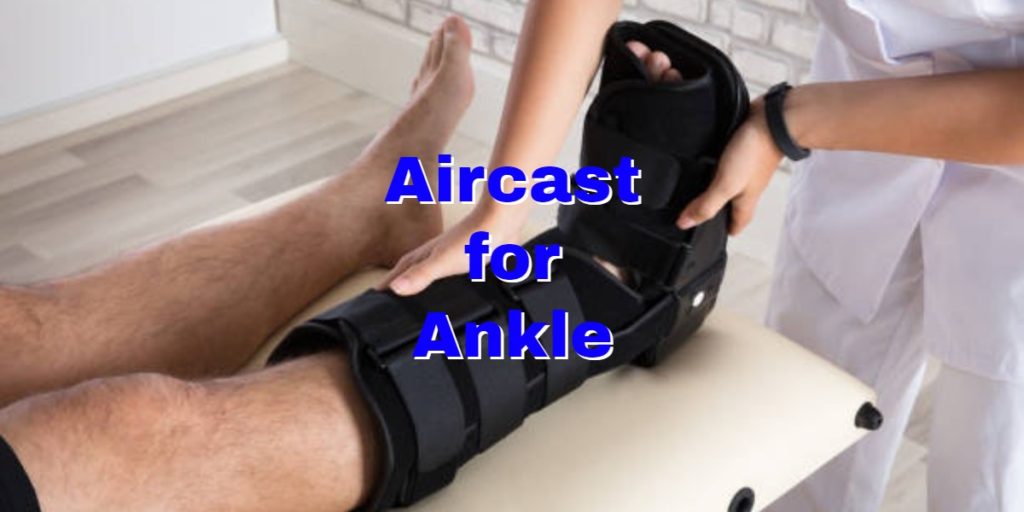
Troy Wright
I am a lifetime basketball enthusiast and loved playing basketball competitively through high school. I still try and play at least 3 times a week and explore all kinds of equipment and training to keep myself on the court and continually getting better. I am a college basketball fanatic and move onto the NBA when March Madness ends.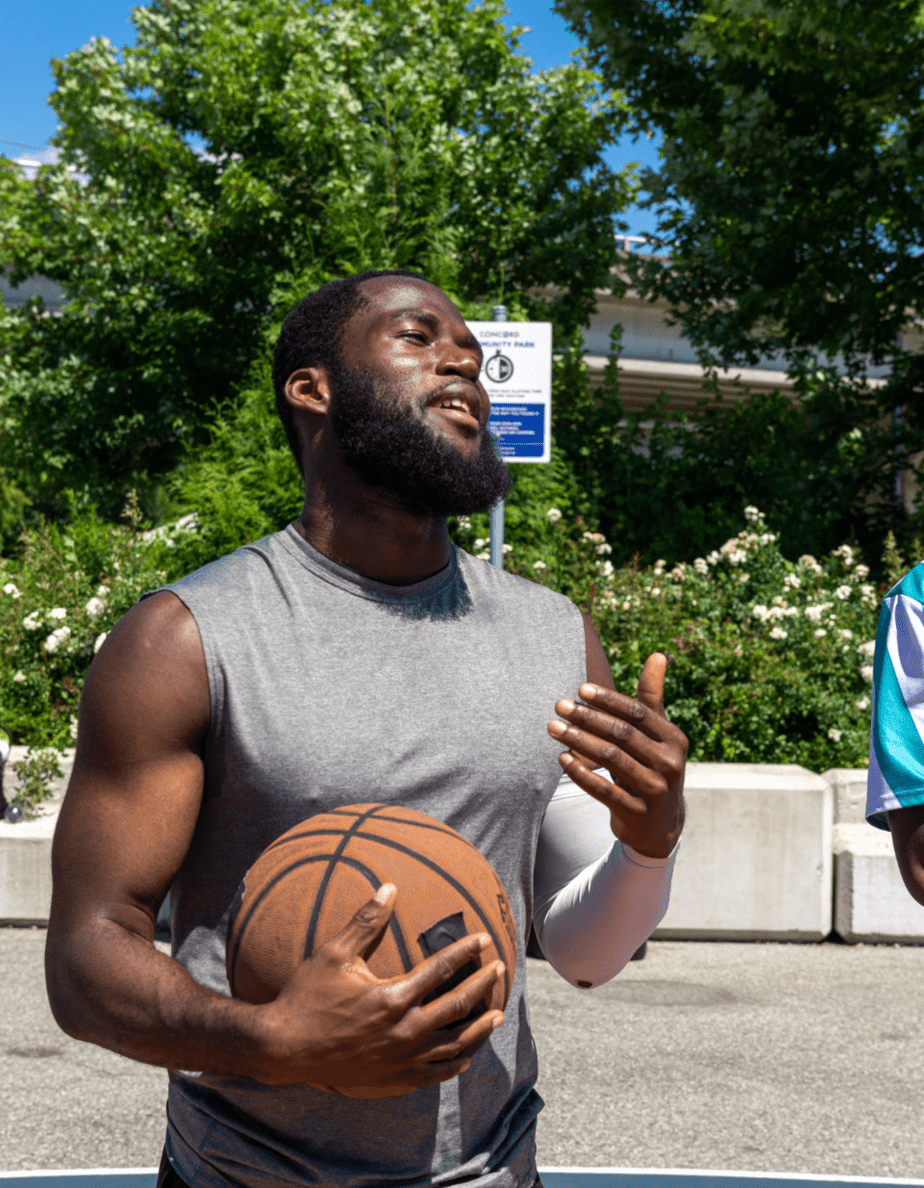
Meaningful conversations happening daily about training, recovery, and injury-specific rehabilitation as well as sport-specific discussions on playing, coaching and refereeing your favorite sport. We welcome experts and those with curious minds seeking answers.
Join The Stay On The Court Community!
